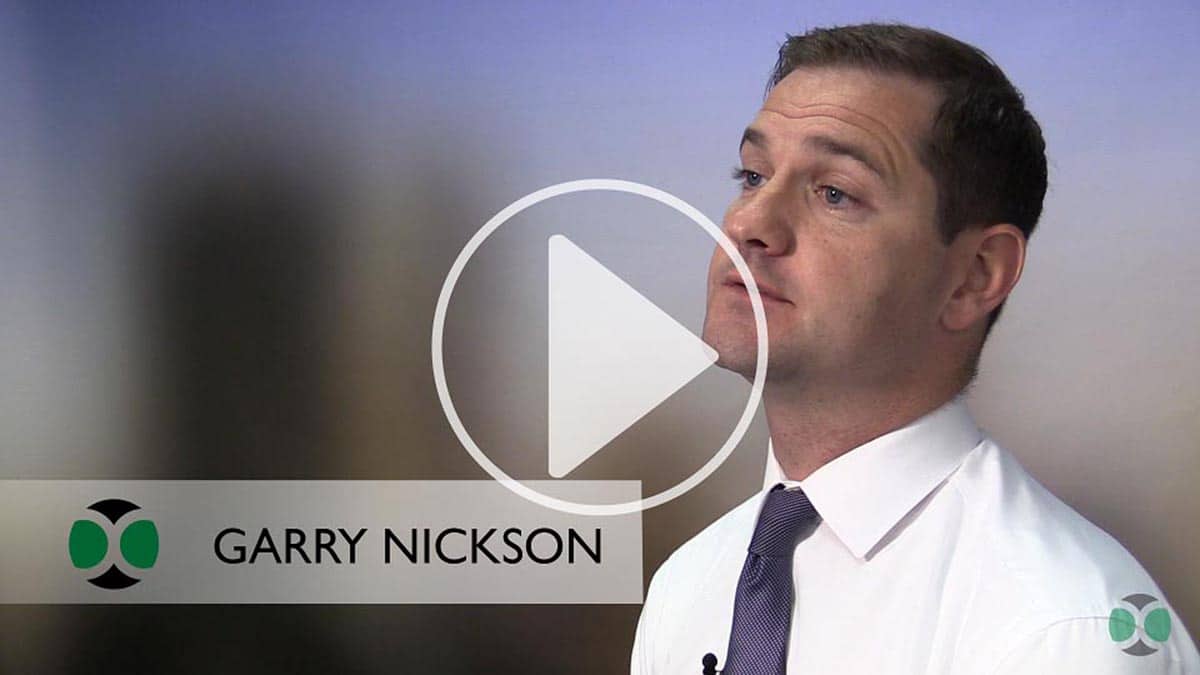Annual General Meeting season is almost upon us once again and if the findings of a recent report from the Governance Institute of Australia (Benchmarking Listed Company Secretarial Practice in Australia 2014) are anything to go by, it may seem as though the AGM is in terminal decline.
The report found only 0.3 per cent of shareholders in ASX 200 companies attended AGMs in 2013, and that number is on a steady downward trend. Costs for holding these events continue to rise. Webcast audiences are flat. The rates of direct voting are similarly, stubbornly, failing to rise.
Some will say that a low AGM turn-out indicates shareholders are generally happy with the company’s direction and prospects; that it’s only really when there are issues that shareholders turn up en-masse to grill management. But AGMs should be more than this. As originally envisaged, the AGM is the cornerstone of a company’s engagement and communication with its shareholders. It is failing to live up to this ideal.
There are a range of opinions on what needs to be done to fix the AGM, but one thing that most people agree on is that, in some form or another, the concept of an annual forum for shareholders to engage with the Board and management should be retained. The question is, how can they be made more interesting, encourage greater participation and ultimately better serve companies and their shareholders?
In a submission to the now-disbanded Corporations and Markets Advisory Committee (which was in the process of compiling a report on this topic before falling victim to federal budget spending cuts), Chartered Secretaries Australia put forward a range of ideas to encourage both retail and institutional investor participation at AGMs. It suggested that, instead of using the AGM to review the past year’s performance, it should focus on the future. This would be done by creating an event not linked to financial reporting, or even shareholder voting, but focused on future performance and direction. This would appeal to investors large and small, as well as analysts and the media.
Shareholder decision making would be via direct, electronic voting on polls open for a set amount of time, separate to the AGM. This direct voting system would eliminate the need for proxies and therefore empower shareholders to make their decisions known and, importantly, easier to cast.
More radical suggestions from other sources include holding an annual gathering on the day following the release of full-year financial results, creating a blockbuster event for the investment community at large. That certainly would encourage attendance and debate, although the logistics for all concerned might be difficult to manage.
The ongoing use of technology to encourage more participation has been widely debated, and some form of remote access should surely encourage increased interaction.
While the format continues to be debated, and attendance remains an issue, there are a number of ways for companies to ensure their AGMs are as engaging as possible under the current structure. One of the most effective is to ensure the meeting’s content is as forward-looking as possible; yes, a review of the year gone by is important and must be addressed, but outlining the future direction of the company makes for a far more interesting presentation.
Another key point is for Board and management to treat the AGM as an opportunity to truly address shareholder questions or concerns. This is the chance to correct misconceptions and, where necessary, take the time to explain situations that may not have played out as intended. The urge to paper over the cracks should be resisted and a full, frank and robust conversation encouraged. These Q&A sessions are often the only opportunity for some shareholders to interact with management and making them open and engaging can be of huge benefit.
Companies should also re-jig the format of the AGM to include as much of their own original content as possible. Short videos showing a new overseas project, interviews with employee award winners, or features on CSR projects are all great ways to show shareholders some of the activities that go on behind the scenes.
Whatever the future of the AGM, it’s clear that the current format should evolve to encourage the right level of interaction between companies and their shareholders.


